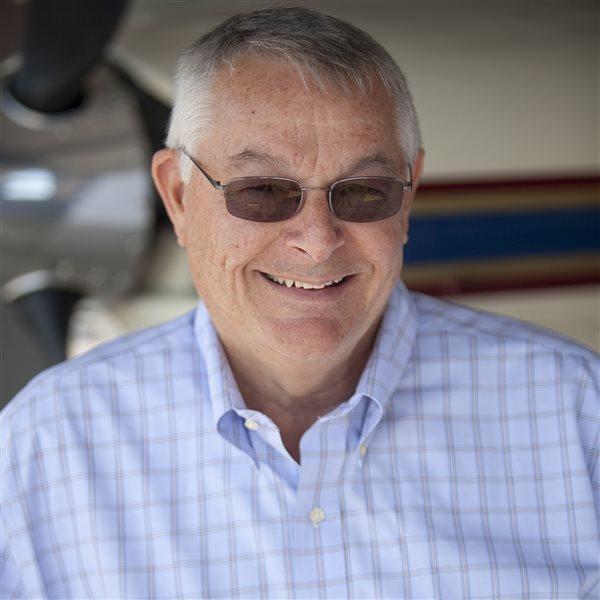
It was just a Saturday of exploration in the 1990s using a Cessna 172 out of Frederick, Maryland. I wasn’t sure where I would go but I knew—or thought I knew—I had good weather in all directions. First I headed up to Indiana, Pennsylvania, hometown of the late actor Jimmy Stewart.
After spending a little time at the airport that bears his name, I fueled up and checked my charts to see where I could go next. Sectionals indicated it would be just a short hop to visit Pittsburgh, but instead I headed southeast toward the Chesapeake Bay.
As I recall, my plan was to have lunch in Wildwood, New Jersey, and then drop by Bay Bridge Airport in Stevensville, Maryland, before heading back to Frederick. I didn’t draw out the course lines as I had for the flight to Indiana. I had VORs to follow, a current sectional, and large bodies of water that offered easy checkpoints.
I hadn’t counted on fog. Sometime before getting to Wildwood at 2,500 feet, I noticed a thin layer of ground fog. I wouldn’t be landing there. I proceeded south and saw a massive layer of ground fog. A thought hit: What if it doesn’t stop? I still had VOR navigation but no planned route. I picked a radial that would keep me away from the ocean and headed across the Delaware Bay.
For as far as I could see in all directions, there was ground fog. Sectionals provide information about things you can see, such as roads, towns, coastlines—all of it useless now. They also provide VOR locations, frequencies, and radials—useful if you have a nice, quiet place to draw your course lines.
I opted to watch outside while whipping ballpoint-pen course lines onto a soft paper chart in my lap. The chart tore. I estimated headings that would keep me over land. I thought about lost procedures that begin with keeping control of the airplane—not a problem on this beautiful, clear day—and include climbing and communicating with the nearest radar facility. Had I climbed, I would have been spared many minutes of wondering when the fog would stop. After 10 miles I could see land again—not very familiar land, but good enough to work out my position. I landed at Bay Bridge, refueled, and was on my way.
A weather briefing that included the coast would have helped, but I was on the aviation equivalent of a penny ride: where your father takes you into the countryside and tosses a penny to determine whether you’ll turn left or right. If you don’t have a planned destination, it’s hard to understand why you might need weather information that is well off your path.
Years later there was a similar incident, one not anticipated by the weather forecaster. This time, hundreds of flying hours later and more weather-wise, I was flying a Piper Seminole twin from Moultrie, Georgia, to Columbia, South Carolina. It was a heavily planned IFR flight. What the weather briefing didn’t include was smoke along the route. This time there was an accompanying factor—night—that kept me from understanding whether I was in clouds where none were forecast or in smoke. The smell told me it was smoke that blotted out the lights on the ground from time to time. Initially I was concerned that the smoke might be from my aircraft. And not being from the area, I was not aware there were long-burning forest fires many miles off my route.
Things didn’t improve as I approached Columbia Metropolitan Airport. There had been no mention of smoke in the Columbia weather report before I left. To find the airport, I asked that the runway lights be turned up all the way.
Even when you’ve done your planning, there are still little things that can turn into big ones. What’s the answer? I missed an important rule on the way to Wildwood, New Jersey, years ago: If things are getting worse, turn around. As for the flight to Columbia, a constant check of airports along the route might have turned up one reporting smoke. Also, planning to land at dusk rather than late at night would have helped me identify the smoke and fly around it. Or like the ground-fog flight, just turn around. Try that route again some other time, when the elements are more cooperative.



